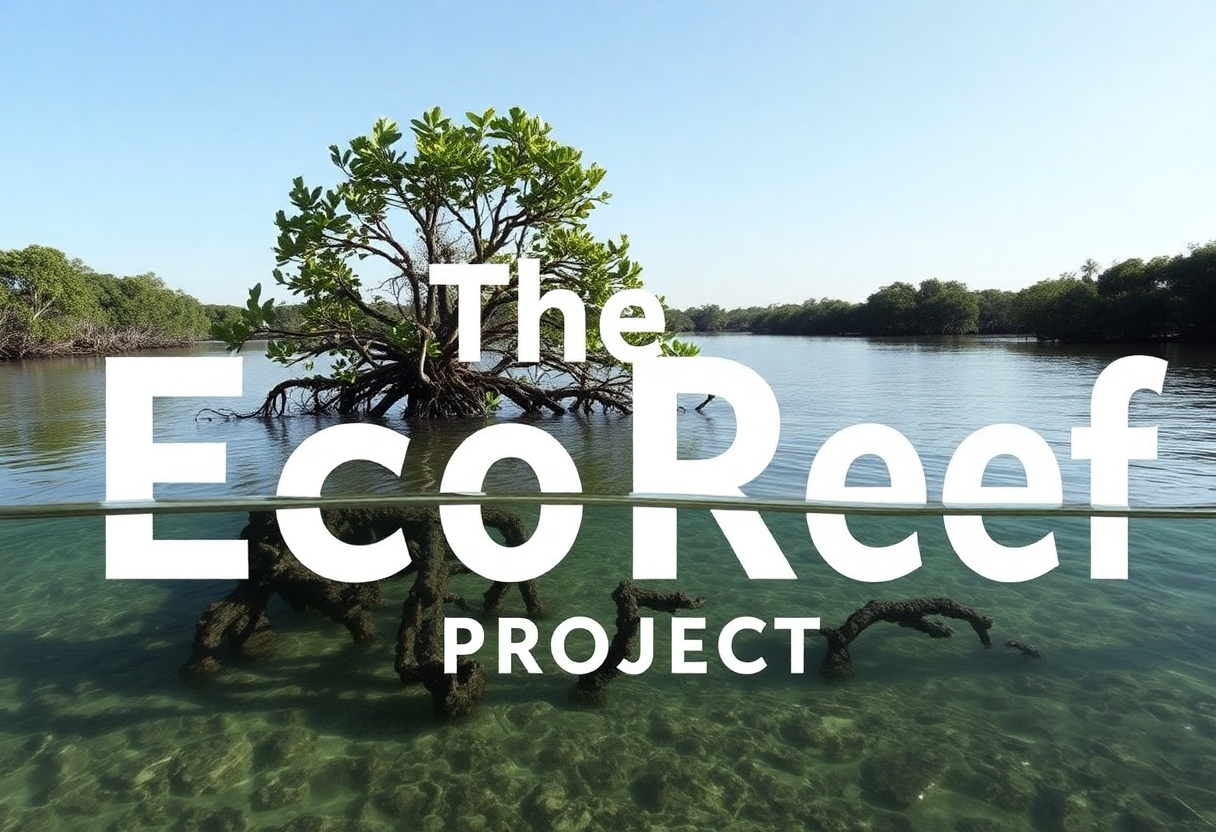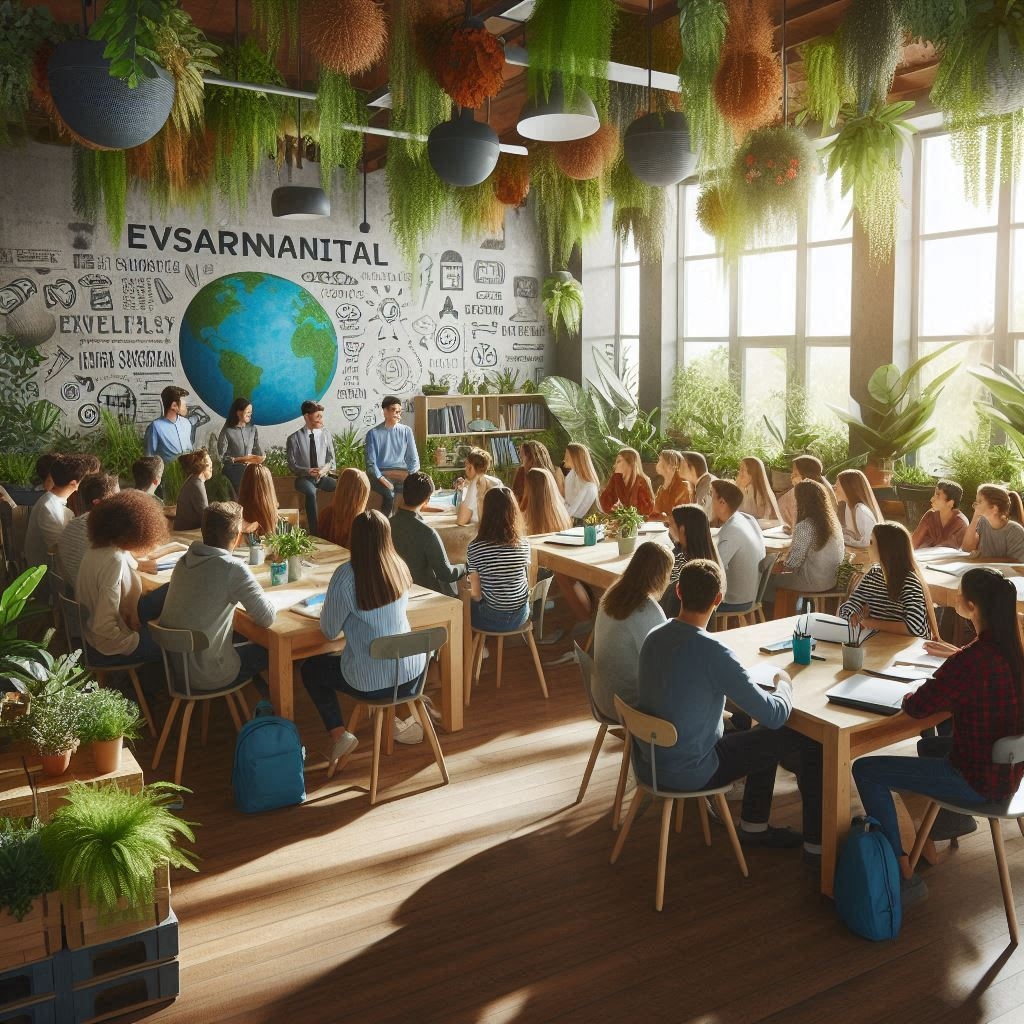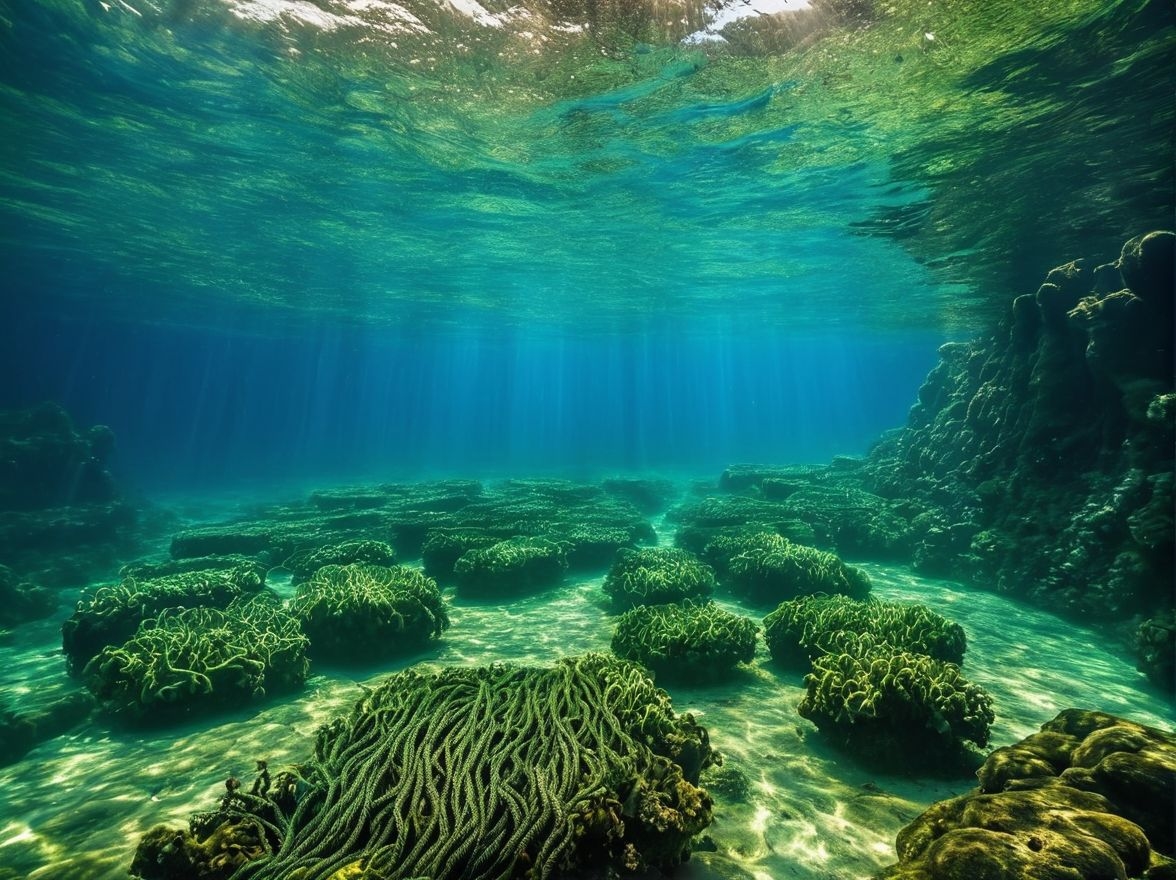Important Benefit of Funding Societal and Environment Issues

Funding Societal and Environmental Issues
Benefits
Addressing societal and environmental challenges is not merely a moral obligation; it is a practical necessity for the wellbeing of humanity and the planet. Funding these critical issues brings transformative changes that shape a healthier, fairer, and more sustainable future.
Supporting Societal Wellbeing
Strengthening Communities
Investing in societal challenges, such as poverty, education, and healthcare, uplifts communities. It creates a foundation where individuals have access to basic needs, opportunities, and a higher quality of life.
Combatting Poverty
Funding initiatives like affordable housing and food assistance reduces economic hardships.
Improving Education
Supporting education programs empowers individuals with knowledge and skills to contribute to society.
Promoting Equality and Social Justice
Funding societal issues like racial inequality, gender disparities, and disability rights fosters inclusion and equality. This contributes to a cohesive society where everyone has the opportunity to thrive. It also amplifies diverse voices, ensuring a richer and more equitable social fabric.
Protecting and Sustaining the Environment
Mitigating Climate Change
Environmental funding is crucial for tackling climate change. Supporting renewable energy projects, carbon-reduction initiatives, and sustainable practices helps reduce the impacts of global warming, ensuring a livable planet for future generations.
Preserving Biodiversity
Investments in conservation efforts protect endangered species and their habitats. Healthy ecosystems are essential not only for wildlife but also for human life, as they provide vital resources like clean air, water, and soil.

Driving Global Impact
Economic Growth Through Innovation
Funding societal and environmental issues often leads to economic benefits. For example, investing in green technologies and social enterprises creates jobs, boosts innovation, and drives economic growth. A thriving economy that prioritizes sustainability and social wellbeing is more resilient in the face of crises.
Inspiring Global Collaboration
When nations and organizations collaborate to address these challenges, it fosters a spirit of unity and shared purpose. This is especially significant in addressing global issues like pandemics, climate change, and refugee crises that transcend borders.
Promoting Healthier Lifestyles
Advancing Public Health
Funding healthcare initiatives and research into issues promotes healthier communities. It ensures access to essential services, improves life expectancy, and reduces preventable illnesses.
Encouraging Sustainable Living
Supporting sustainable practices, such as eco-friendly transportation or waste reduction programs, encourages individuals to adopt healthier, more mindful lifestyles that benefit both society and the planet.
Addressing Local and Global Crises
Disaster Preparedness and Recovery
Investments in disaster resilience reduce the impact of natural calamities, such as floods, hurricanes, or wildfires. They ensure quicker recovery and minimize damage to both lives and infrastructure.
Alleviating Global Hunger
Funding initiatives to combat food insecurity, both locally and globally, addresses a critical human right. It ensures that no one goes hungry and contributes to global stability.

Unlocking the Power of Education and Awareness
Informing and Empowering Citizens
Investing in awareness campaigns and educational resources empowers individuals to make informed decisions about societal and environmental issues. It fosters a culture of responsibility and collective action.
Inspiring the Next Generation
Funding programs that educate young people about social and environmental challenges helps nurture the leaders of tomorrow who will drive change and innovation.
Preserving Cultural and Historical Heritage
Safeguarding Traditions and Communities
Societal funding helps protect cultural heritage and traditions, ensuring the richness of human history is preserved for future generations.
Promoting Cultural Diversity
Investments in cultural diversity programs celebrate unique perspectives and promote tolerance, understanding, and unity among communities.

Strengthening Infrastructure for Sustainability
Building Green Infrastructure
Funding sustainable infrastructure projects, such as energy-efficient buildings or green urban spaces, creates more livable, environmentally conscious cities.
Supporting Sustainable Agriculture
Investing in eco-friendly farming practices ensures food security, conserves resources, and minimizes environmental damage.
Conclusion
Funding societal and environmental challenges is not just altruism; it’s an investment in humanity’s collective future. It nurtures resilient communities, protects the planet, fuels economic prosperity, and fosters global collaboration. By prioritizing these initiatives, we lay the groundwork for a more equitable and sustainable world—one where every individual and ecosystem has the chance to thrive.
Join the Discussion
Be a Catalyst for Change
What are your thoughts on prioritizing these issues? Have you witnessed the impact of such funding in your community or beyond? Whether you’re passionate about sustainable living, social justice, innovation, or education, your perspective can inspire others to take action.










































